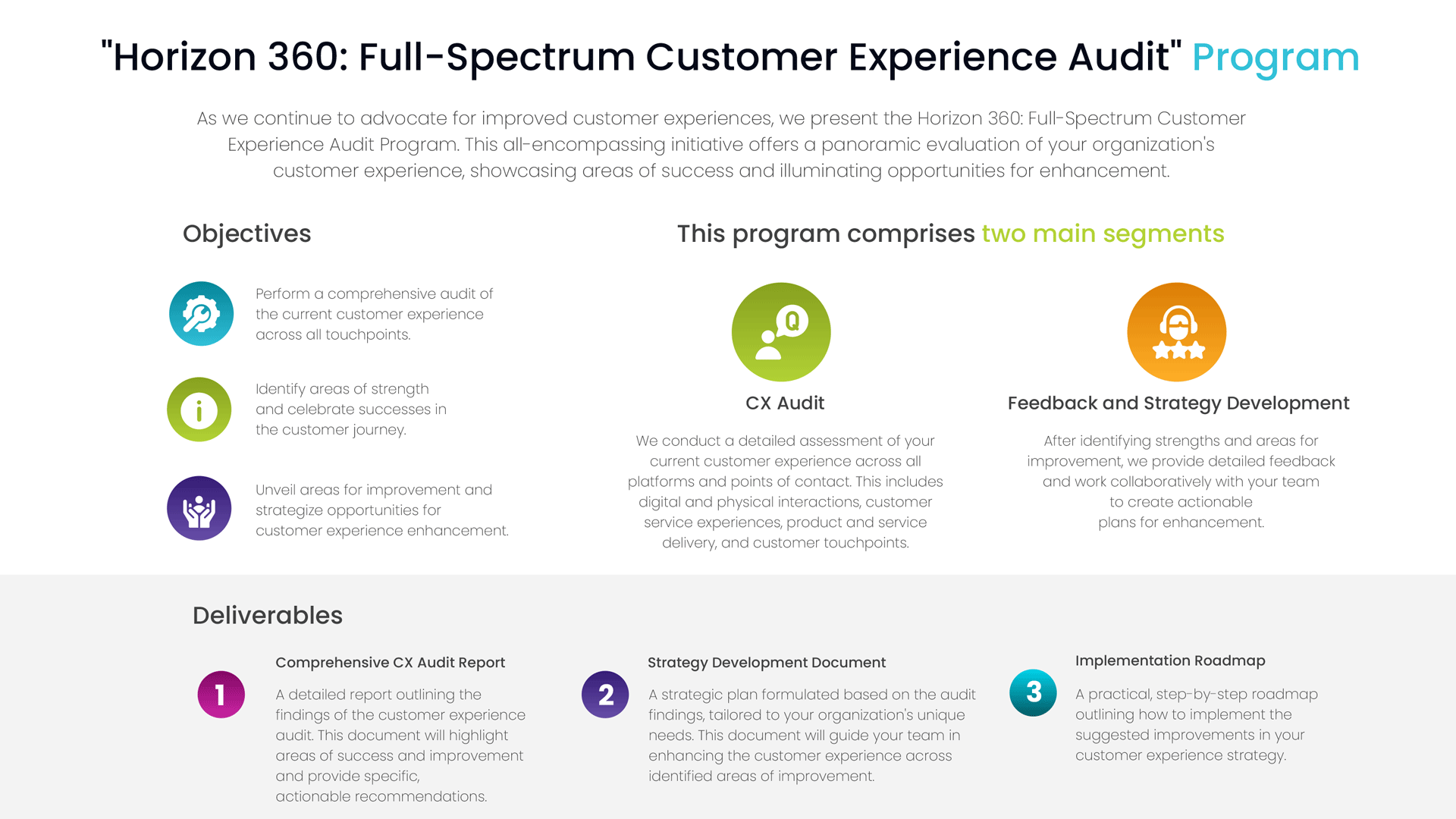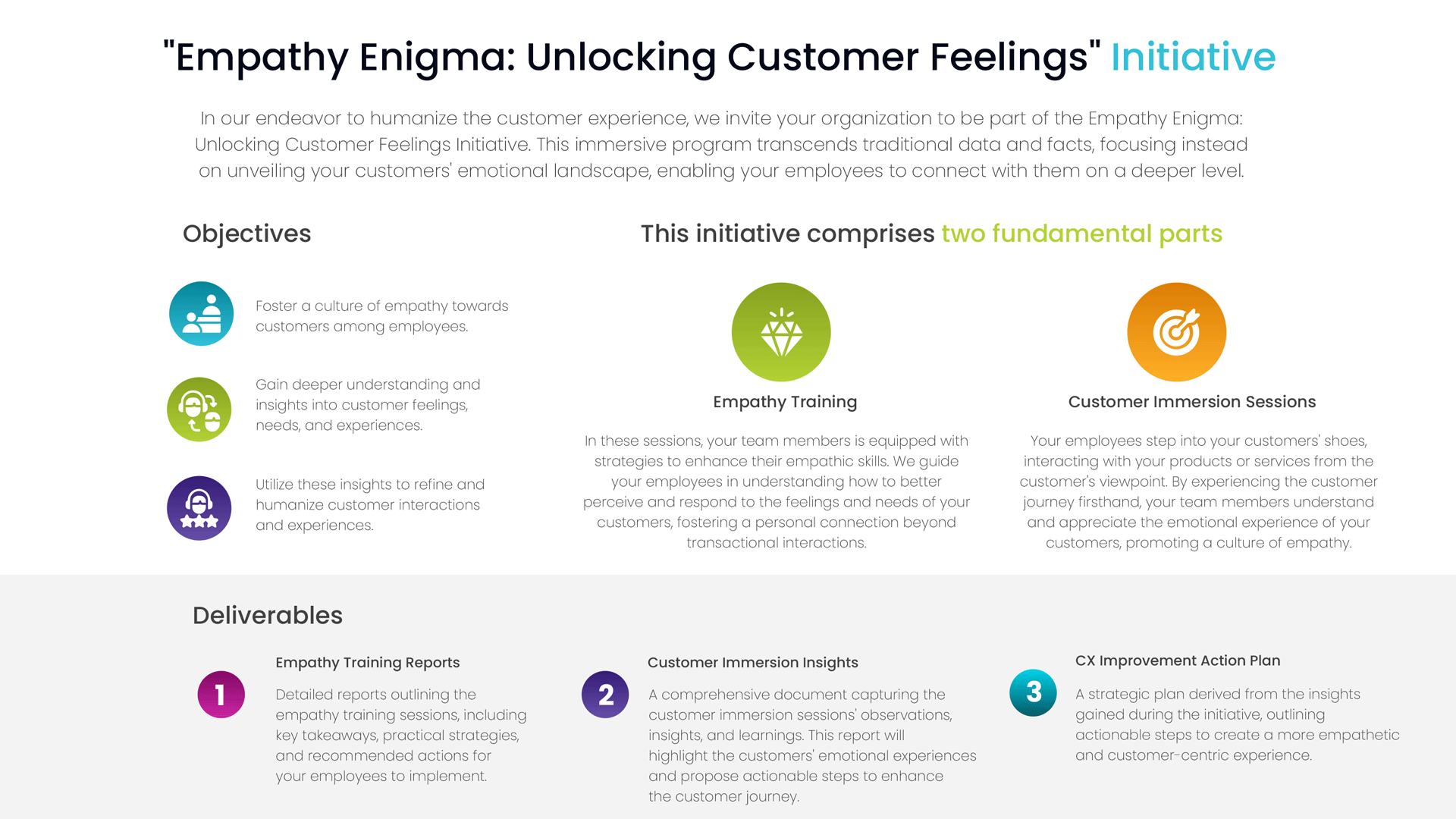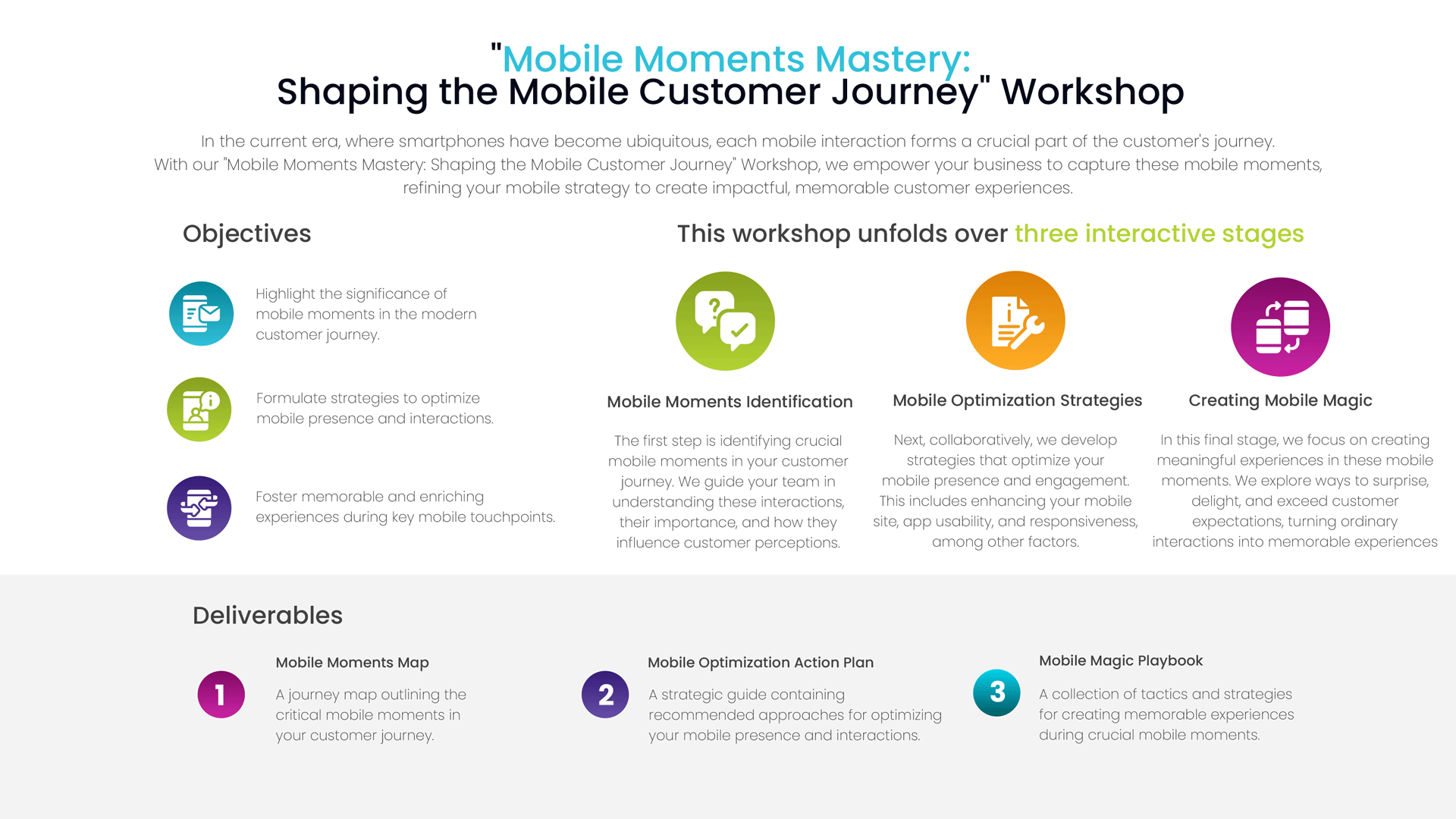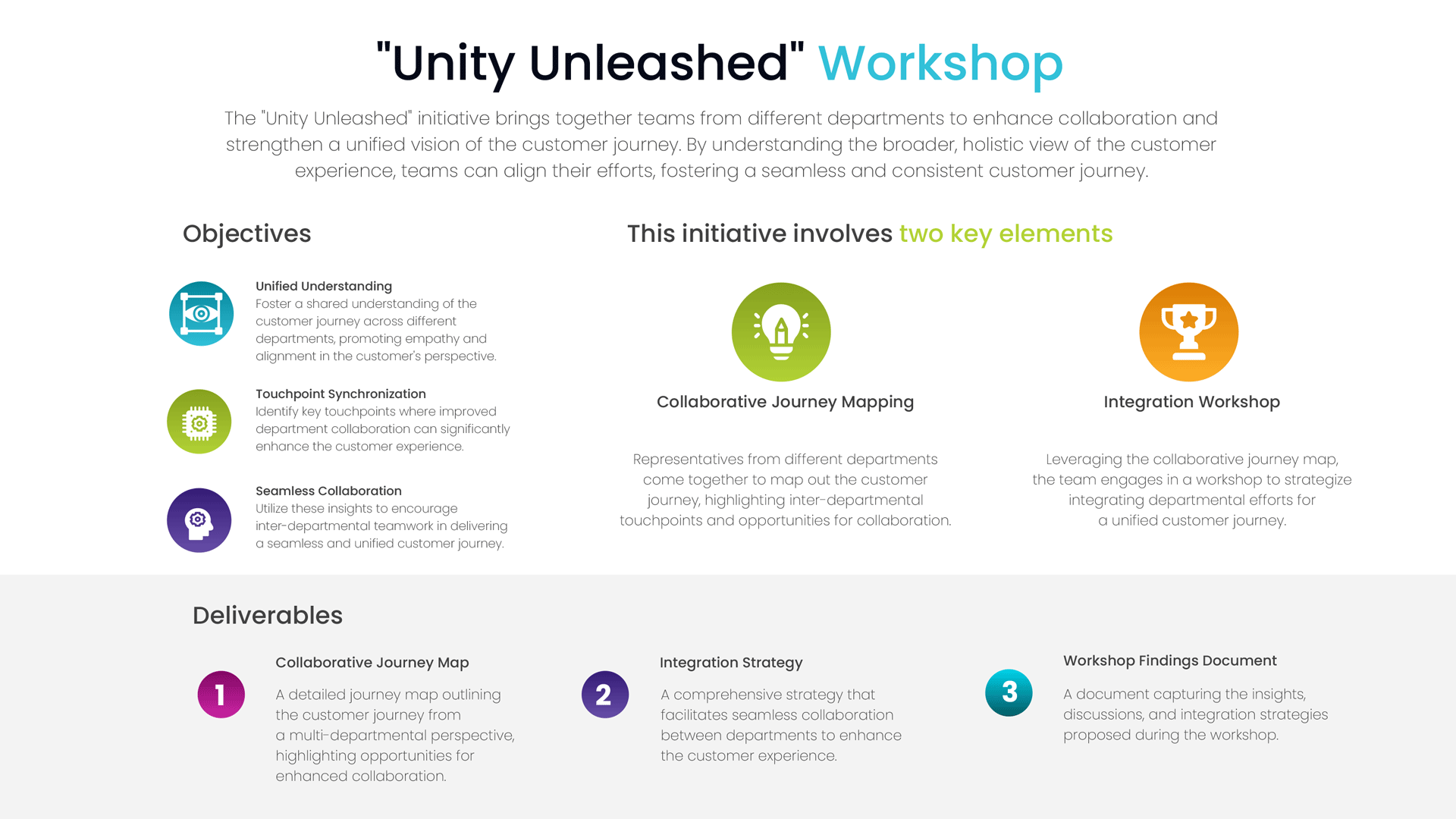When it comes to customer service, clarity is king. The ICAO Phonetic Alphabet and its counterpart, the NATO Alphabet (albeit with some modifications), have long stood as universal spelling alphabets designed to elucidate messages across any spoken language. The practice of articulating “A as in Alpha, B as in Bravo” was conceived to bridge linguistic ambiguities, ensuring a seamless conveyance of information. However, in an era where customer engagement is evolving beyond mere transactions to more personalized interactions, this mechanistic approach is gradually losing its sheen. The one-size-fits-all script is yielding the stage to more innovative, personalized modes of communication. The shift is palpable, steering away from rigid scripts towards embracing technologies that empower agents to provide a more tailored, engaging, and ultimately, satisfying customer experience.
The Dawn of AI in Customer Experiences
The sphere of Customer Experience (CX) is perpetually dynamic, with each epoch marked by technological advancements that significantly enhance customer interaction and satisfaction. Currently, we find ourselves at an intriguing juncture where Artificial Intelligence (AI) is not merely a buzzword but a formidable force reshaping the CX landscape. It’s akin to having a proficient backstage crew adept at handling the mundane yet critical chores, thereby empowering the front-stage performers to deliver a more engaging and personalized performance.
The AI Effect
Gone are the days when AI was a term relegated to science fiction. Today, it’s an indispensable ally for brands striving for excellence in customer service. AI has transcended being a flashy tool to becoming a robust support system for customer service agents. By adeptly managing routine tasks, AI frees up agents, enabling them to delve deeper into personalized customer engagement.
The transition isn’t merely a fanciful notion but is substantiated by tangible data. For instance, in 2023, a compelling 97% of consumers acknowledged the profound impact of customer experience on their purchasing decisions1. AI is at the helm, facilitating a more customer-centric approach that’s not just about resolving issues but creating memorable experiences.
The Emergence of Agent-Led Experiences
With AI shouldering the routine tasks, a new era dawns – the era of Agent-Led Experiences. It’s where the human touch amalgamates with technological precision to create a harmonious customer service symphony. Technologies like Grypp are the conductors of this symphony, offering a platform where agents and customers can interact on a more personal and engaging level.
Grypp, for instance, has pioneered a shared, engaging experience through immersive technology, propelling contact centers into a realm where every interaction is not just a transaction but a step towards building a lasting relationship2.
The premise of Agent-Led Experiences isn’t just theoretical; it’s a responsive shift to the evolving consumer landscape. Consumers today crave a blend of efficiency and personalization which is exactly what this new model offers. With AI managing the routine, agents have the liberty to focus on what truly matters – understanding the unique needs of each customer and personalizing the interaction to create a memorable experience.
The Grypp Effect
Transitioning towards an Agent-Led Experience model necessitates the adoption of groundbreaking technologies that can bridge the traditional gaps between agents and customers. Grypp emerges as a noteworthy player in this space, with its innovative platform promising a shared, engaging experience propelled by immersive technology.
What sets Grypp apart is its holistic approach towards transforming contact centers into thriving, customer-centric ecosystems. By providing a platform where agents and customers can interact in a more engaging manner, Grypp is not just enhancing the efficiency but elevating the entire experience. It’s about creating a win-win scenario – where contact centers, agents, customers, and brands all reap the benefits of a more interactive, personalized engagement.
Moreover, Grypp’s vision aligns seamlessly with the AI-driven shift towards Agent-Led Experiences. Its platform serves as a catalyst, ensuring that the human element in customer interactions is not overshadowed but accentuated by the technological advancements.
So as we step into this exciting phase where AI and innovative technologies like Grypp are reshaping the CX landscape, the potential to enhance customer satisfaction and loyalty is immense. The fusion of AI’s efficiency with the human touch of agents heralds a promising future for customer service. It’s a narrative of empowerment, where technology serves as a robust foundation upon which meaningful, lasting customer relationships can be built.
Unfolding the Potential of Agent-Led Experiences
Customer Experience (CX) is turning a new page, one where the protagonist is a synergy between Artificial Intelligence (AI) and human agents. It’s not just about resolving queries but about crafting experiences that resonate. Here’s where the concept of Agent-Led Experiences, powered by pioneering technologies like Grypp, comes into play. It’s about amplifying the human element, not overshadowing it, creating a tapestry of interactions that are meaningful, personalized, and memorable.
The Need for a Shift
The digital era has ramped up customer expectations. They desire quick resolutions, yes, but not at the cost of impersonal interactions. There’s a yearning for a human connection, a personalized touch that makes customers feel valued. This is where the conventional model hits a wall. The high-volume, transactional nature of traditional customer service often leaves little room for personalization.
The stats mirror this sentiment. Over 50% of customers are willing to switch to a competitor after a single unsatisfactory customer experience1. The message is loud and clear – a shift towards a more personalized, agent-led model is not just preferable, but imperative.
Navigating the Shift
Transitioning to an Agent-Led Experience model isn’t a switch-flip affair. It’s a journey that requires a blend of the right technology, training, and a shift in mindset. Technologies like Grypp are at the forefront, providing the tools that empower agents to engage with customers on a more personal level.
Grypp’s platform, for instance, allows for a shared, engaging experience where every interaction is a step towards building a lasting relationship. It’s not just about resolving issues but about understanding the customer, their needs, and crafting a journey that resonates with them2.
The Bigger Picture
The ripple effects of this shift extend beyond just the contact center. It’s a transformation that has the potential to redefine brand loyalty and customer satisfaction. In a marketplace where competition is fierce, creating a loyal customer base is not just about offering the best product or service but about delivering an experience that sticks.
Moreover, the Agent-Led Experience model is a sound investment. Companies are already recognizing the value of investing in CX technologies, with 65% planning to increase their tech spend in this domain in 20233. It’s a clear indication that the business landscape is ripe for this transition.
Whatchouts: Navigating the Potential Pitfalls
While the allure of AI-driven, Agent-Led Experiences is undeniable, it’s prudent for organizations to also consider the potential pitfalls that might lurk on this promising pathway. Any transformative journey, especially one intertwined with technology, carries its share of challenges that require thoughtful deliberation.
Technological Overreliance
One of the primary concerns is the overreliance on technology. While AI and advanced CX technologies like Grypp offer a plethora of advantages, the danger of becoming overly dependent on them is real. There’s a fine balance between leveraging technology to enhance human interactions and allowing it to overshadow or replace the human element. The essence of customer service lies in genuine, empathetic interactions. Over-automation could risk depersonalizing the experience, turning meaningful engagements into mechanical transactions.
Data Privacy and Security
With great technological power comes great responsibility, particularly concerning data privacy and security. As organizations harness AI to collect and analyze vast amounts of customer data to personalize experiences, the imperative to safeguard this data becomes paramount. Any lapse in data security could not only lead to legal repercussions but significantly tarnish brand reputation.
Change Management
Transitioning to an Agent-Led Experience model is as much about change management as it is about technology. It requires a paradigm shift in organizational culture, training, and performance metrics. The journey could encounter resistance from both employees and customers accustomed to traditional service models. Moreover, the investment in training and technology might deter smaller organizations or those with limited resources from embracing this shift.
Final Thoughts: Embracing the Inevitable Frontier
As we traverse the evolving narrative of Customer Experience (CX), the promise of AI-driven, Agent-Led Experiences beckons with a compelling allure. This isn’t merely about adopting new technologies but about ushering in a paradigm where human-centric interactions are bolstered by the precision and efficiency of AI.
The vanguard of this transformation, epitomized by platforms like Grypp, isn’t just a fleeting trend. It’s an inevitable transition poised to redefine the essence of customer engagement. This synergy between AI and human agents is where the most profitable Customer Lifetime Value (CLTV) gravitates towards. It’s about crafting experiences that don’t just resolve issues but resonate on a personal level, engendering a sense of loyalty that transcends the conventional transactional paradigm.
The financial prudence of this shift is mirrored in the intent of companies to ramp up their investments in CX technologies, recognizing the long-term value of nurturing a loyal customer base through enriched, personalized experiences1.
However, the journey, albeit promising, mandates a balanced approach. It’s about navigating the potential whatchouts, ensuring data privacy, and fostering a culture of continuous learning and adaptation. It’s about not just keeping pace with technological advancements but harnessing them to augment the human element that lies at the heart of customer service.
As a firm proponent of this transition, my conviction is anchored in the profound impact it holds for the future of CX. The path may have its share of hurdles, but the destination—a realm of enhanced customer satisfaction and loyalty, of lucrative CLTV—is well worth the pursuit.











